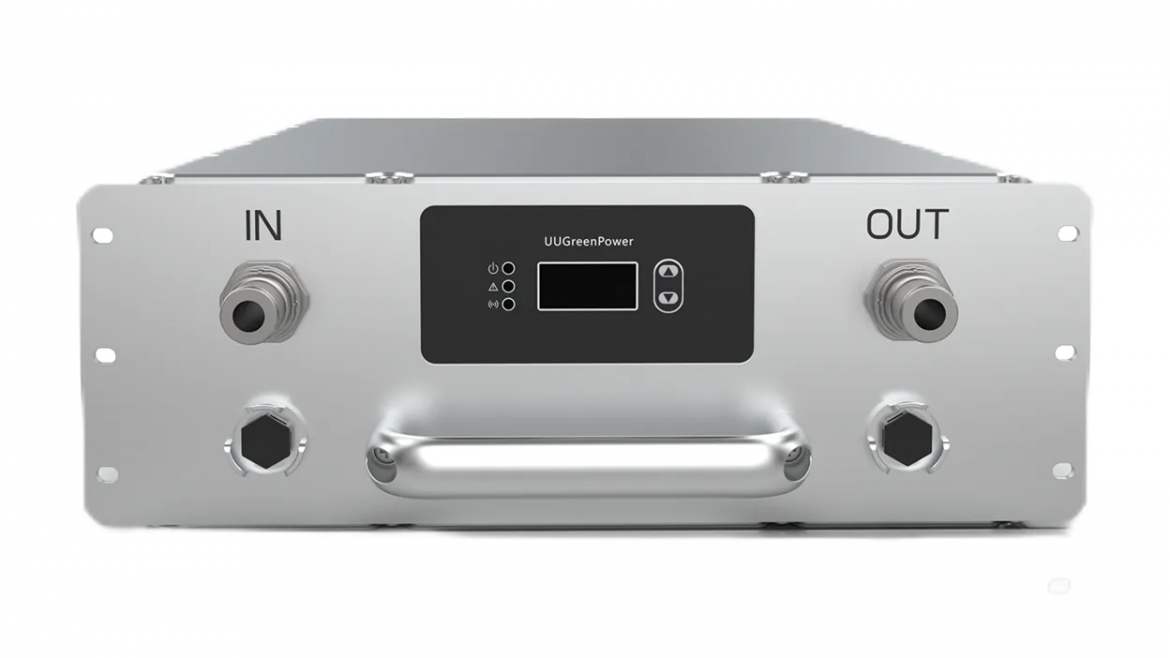From desert heatwaves to arctic blizzards, liquid cooling charging modules silently enable reliable EV charging where traditional systems falter. These components excel not through brute force, but via precision thermal management—turning temperature chaos into controlled energy flow. For networks spanning icy highways or tropical islands, such liquid cooling charging modules are the unsung backbone of uptime.
Defying Physics in Hostile Territories
Air-cooled systems suffocate when ambient temperatures approach their operating limits. Liquid cooling charging modules like UUGreenPower’s UR100040-LQ(EU) leverage coolant’s superior heat capacity to maintain 40kW output at -40°C to 75°C. The sealed IP65 design repels sand, dust, and salt spray while internal safeguards (overvoltage/short-circuit protection) counter grid instability. This resilience transforms remote sites—mountain resorts, oil rigs, desert highways—into viable charging locations without climate-controlled shelters.
Efficiency Beyond Temperature Control
Advanced liquid cooling charging modules optimize energy use holistically. Zero standby consumption (via integrated AC contactors) eliminates phantom power drain—critical for solar-powered stations. DSP-controlled current/voltage auto-adjustment prevents battery stress during extreme charges. Plug-and-pull coolant ports simplify maintenance, while compact high-density designs conserve scarce space.
Conclusion
As EV networks expand into Earth’s harshest regions, liquid cooling charging modules emerge as silent enablers of universal electrification. Their ability to tame environmental chaos—while slashing operational costs—positions them as pivotal tools in building truly global, climate-resilient charging infrastructure.


